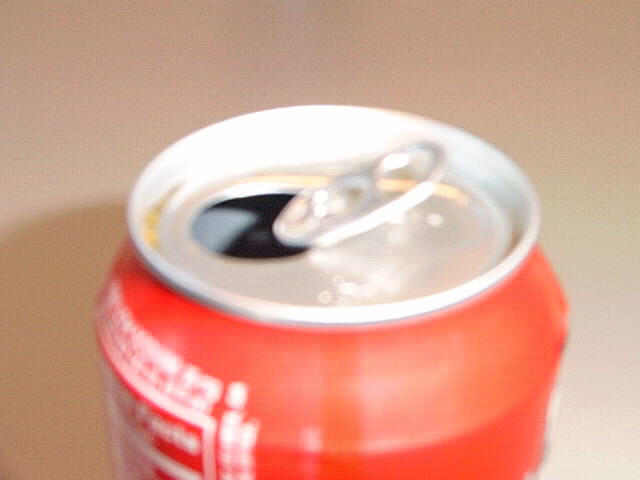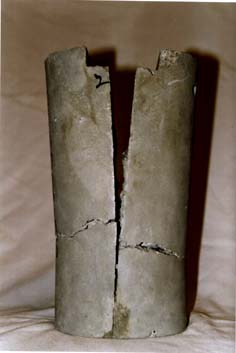| In steel, fracture is often ductile and may be due to
fatigue.
A fatigue crack is caused when a
cyclic load (*) is applied.
You are applying a cyclic load to a soda can tab when you push it back and
forth to break the tab off of the soda can.
"Ductile fracture" means that the part of the material which is cracking is
also deforming (its shape is changing). Think of pulling a piece of silly
putty into two pieces: as you pull it apart, it deforms until you have
created two new pieces. |

|

photo courtesy of
Jim Hanson (#) |
On the other hand, concrete fracture is brittle. Brittle fracture means
there is no deformation around the crack; the very grains of the material
are separating, or cracking themselves.
Concrete is the material of choice for many, many
structures: buildings, bridges, dams, to name a few. Concrete offers many
advantages: low cost, good weather and fire resistance, good
compressive strength (*), and
excellent formablility (*). Concrete
is bad in tension and therefore prone to cracking. Also, it's behavior
is not so predictable.
Many dams are made of concrete and have suffered from cracking,
which is caused by many different forces.
|




